My entire life, I’ve been all-in on the Apple ecosystem. Macs were always in my family. Once it was time for me to go to college, I got my own (a 12” PowerBook G4). And a bunch of iPods. Once Apple entered the phone business, I got the first iPhone (and nearly every one after that). To say I’m an Apple fan and evangelist is an understatement.
But that hasn’t prevented me from sometimes wondering how the rest of the world uses technology. Most of my leisure reading involves technology websites, so I’m always pretty well-versed in the latest offerings in the PC and Android worlds. But other than using ancient Windows boxes at work and owning the first Android phone (a T-Mobile G1), I really haven’t experienced any of this for myself.
So last week, when Google announced a new, cheaper version of their Pixel line of phones (the 3a), I figured this was going to be my best chance to get an opportunity to experience “pure” Android and check out what this Pixel camera was all about. I’ve been a predominantly phone-only photographer for years now, and although the iPhone has been universally recognized as having one of the best cameras for a while, the tech press has sent a lot of praise in the direction of the Pixel.
To be clear, I am not going into this with any illusion that I’m switching to Android. I’m solely using the 3a as a way to get a window into what the Android world is like, and test out some of Google’s purportedly class-leading camera features for half price. The 3a is just $399 (the 3 starts at $799), and the 3a XL is $479 (3 XL starts at $899). That’s a lot easier to swallow for something that isn’t going to be my true daily driver.
First impressions
The packaging was probably as Apple-like as it could get, and better than most other non-Apple things I’ve gotten over the years. It even comes with a few stickers (like most Apple products have shipped with for a long time). Once inside, taking out the device reveals that it is very light – almost unbelievably so. The 3a uses plastic construction (rather than the metal and glass that the 3 and all iPhones use), so lightness isn’t surprising. But it feels like almost nothing compared to my Xs (much more than the 147 g vs 177 g weight difference would suggest). I won’t say it feels cheap, but it doesn’t have the weight of an expensive product. It also doesn’t have the full-body screen like most flagship phones, but that really isn’t a huge deal. This does also have a headphone jack for people who still use cables and such. It also doesn’t support Qi wireless charging, but it does support fast-charging with USB-C. Since my iPad Pro charges the same way, it’s easy to top off.
Once I started getting the phone set up, the biggest downside I noticed was the difference in authentication. I’d been used to a Touch ID fingerprint sensor in the home button on my iPhones for four years before moving on to Face ID with the iPhone X and Xs, and having a fingerprint sensor on the back of the Pixel is very different. When you’re actually holding the device in your hand, it’s fine (and even has the added benefit of being able to swipe down on it to show notifications, which is cool) – but if it is just sitting on a table, you have no choice but to either pick up the phone or type in your passcode. Not having a secure face unlocking system probably wouldn’t make it to a device like this on the lower end, but it isn’t even something you can get on the regular Pixel 3.
The screen is ridiculously over-saturated out of the box. It is a nice OLED display (surprising to see on an inexpensive device like this), and it supports an always-on screen that will display the time, notification icons, and even whatever song might be playing in the background where you are. Once you turn the screen back to “normal,” things look more as they should.
Android itself is fine, although it doesn’t seem nearly as polished as iOS. But if you like to customize, you can do nearly whatever you want here. You can put stuff wherever you want on the homescreen, you can add endless widgets, etc. You can even split-screen or have PIP with some apps. On a phone! I’ll admit that’s cool as well. Not having a dedicated mute switch is a little annoying, though, as is having the volume rocker right next to the power button. I constantly hit the wrong one. I use a fair number of Google services, but not all of them, so that makes using this device a little more difficult. And of course, I can’t receive any iMessages on it (which is ~100% of my messaging).
Probably one of the larger downsides with the 3a is its power – it uses a lower-end processor than the 3. Even flagship Android phones trail behind Apple’s A-series processors in performance, so that is potentially concerning. Benchmarks I’ve seen suggest that the 3a can barely keep up with the iPhone 7, which was released in the fall of 2016. I haven’t done anything too taxing with the 3a, and it has performed acceptably so far. I’ll also use this as an opportunity for me to voice my lack of understanding of performance management on Android. Both the Pixel 3 and 3a have been criticized for “only” coming with 4 GB of RAM onboard. Some flagship Android phones I’ve seen have up to 12 GB of RAM, which seems crazy. My top-of-the-line iPhone Xs has 3 GB, and it performs spectacularly. Many tests I’ve seen performed, including my own use, suggest that it takes quite a bit to kick an app out of memory and restart it. There are obviously some Android/iOS differences here
The camera
Ultimately, this is what I’m here for and why I bought this phone. One thing that’s important to consider is that in this new age of phone cameras, it’s not necessarily the hardware that differentiates the experience (although Huawei is making some strides with periscope zooms), but rather the software and the on-device processing. And I think that’s what is even more clear on this low-end phone: the sensor is fine, not amazing. It’s what Google is doing after the fact that is making great photos. Taking many exposures and getting a great HDR shot. Using the small movements in your hand to improve the zoom functionality. Turning a longer exposure at night into a result that the human eye couldn’t even see in the first place.
It’s probably that last bit – night sight – that more than anything got me to try out this phone. Taking pictures with a phone is fun because it’s easy to have with you in your pocket, and everything is already geotagged, backed up, and ready to go. But usually, they’re downright worthless at night, and you don’t want to use a flash in many cases because that either creates a completely unrealistic picture or it gives you away by how bright it is. Having a device that can take usable pictures at night is revolutionary. They might not always be perfect or tack sharp, but they give you something where otherwise you would have had nothing. I’m excited to play with this more and more and see what I can do with it.
The good news is that since so many advances in phone cameras are in software, there is a good chance that future iOS enhancements will improve the ability of the iPhone and (hopefully) give it similar functionality. It does, in fact, have more processing power than any other phone (and many full-fledged computers). One way or another, I would definitely pay good money for a Google camera app for my iPhone. Unfortunately, I’m pretty sure that will never happen.
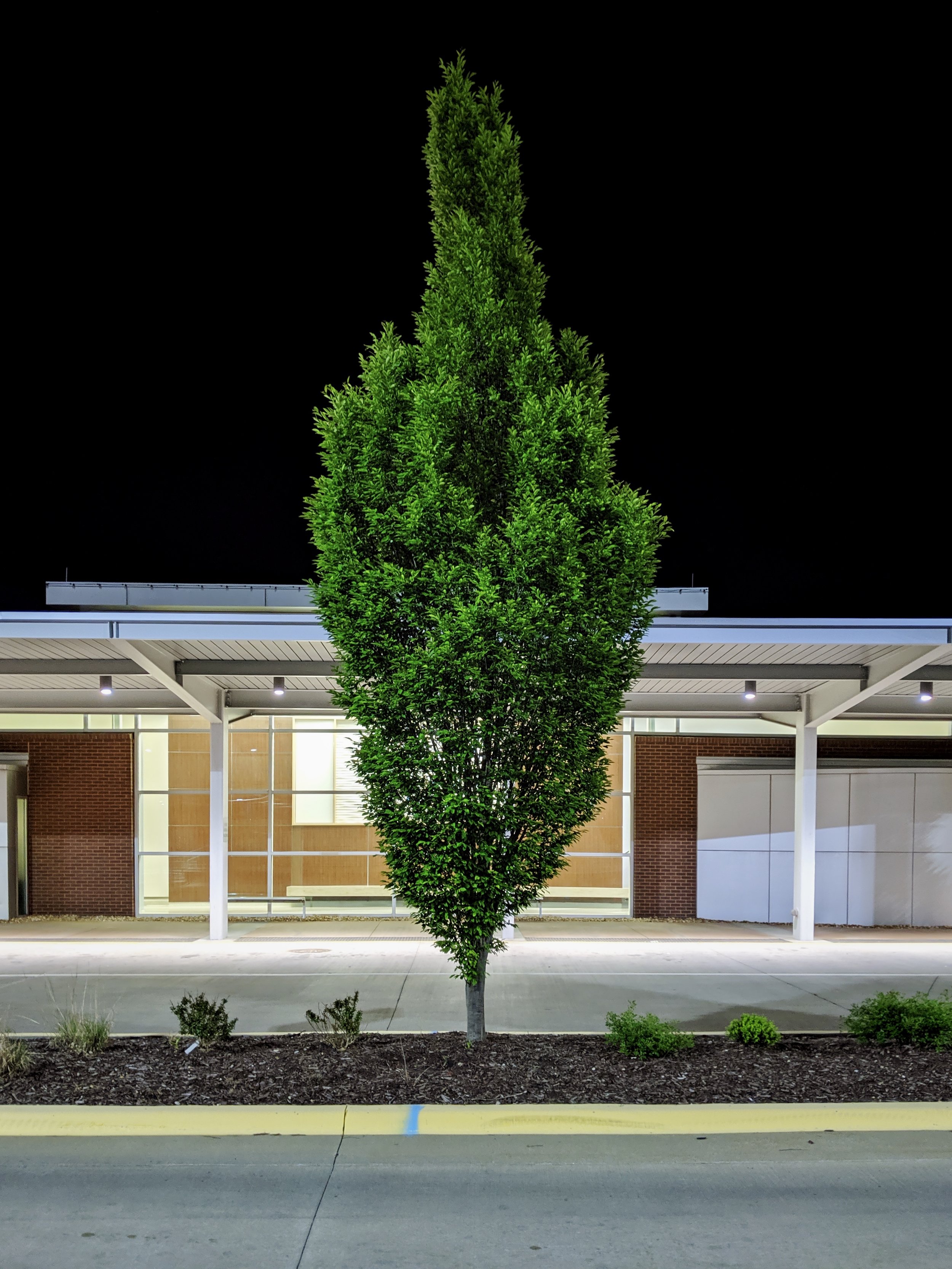
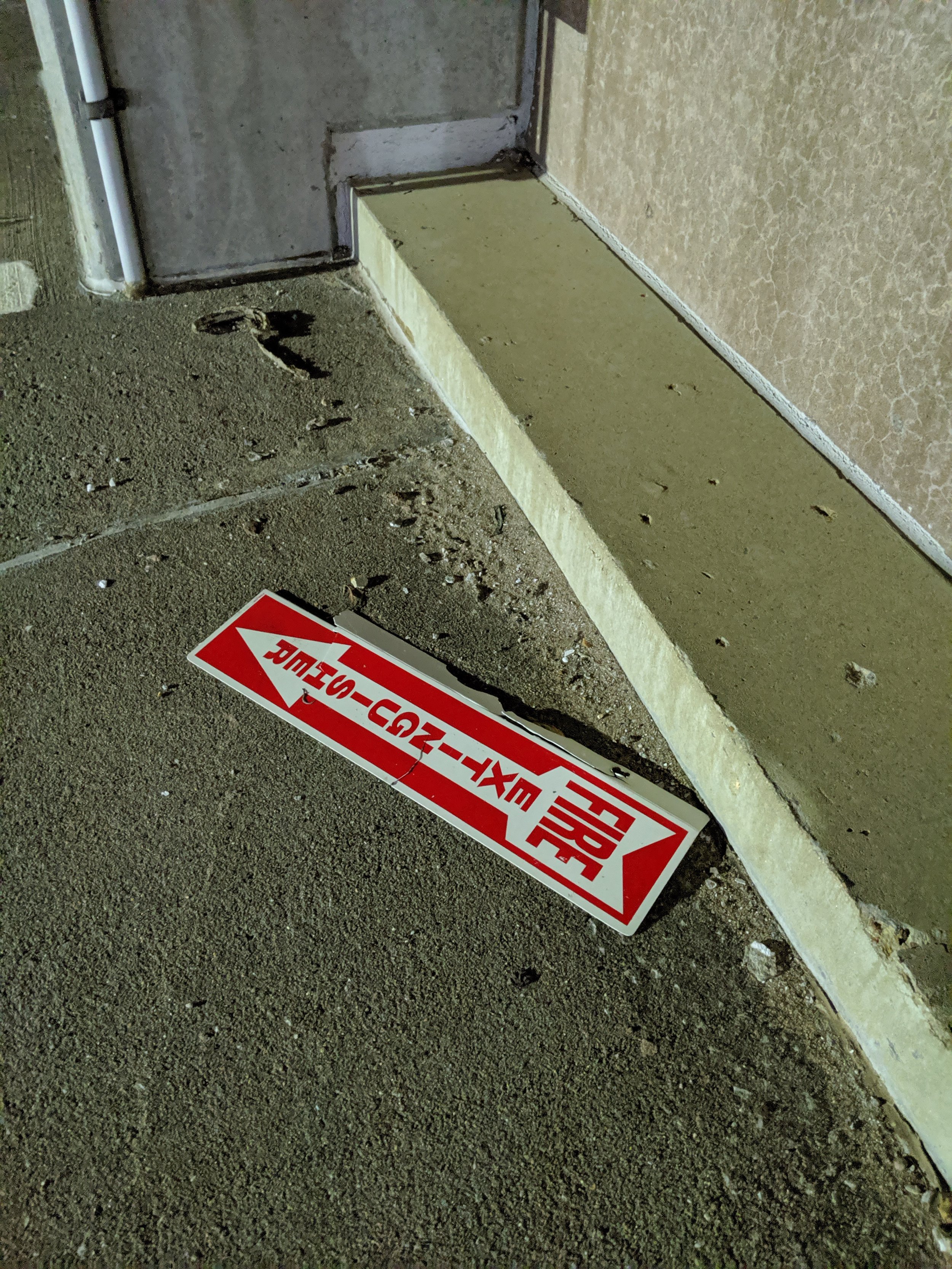
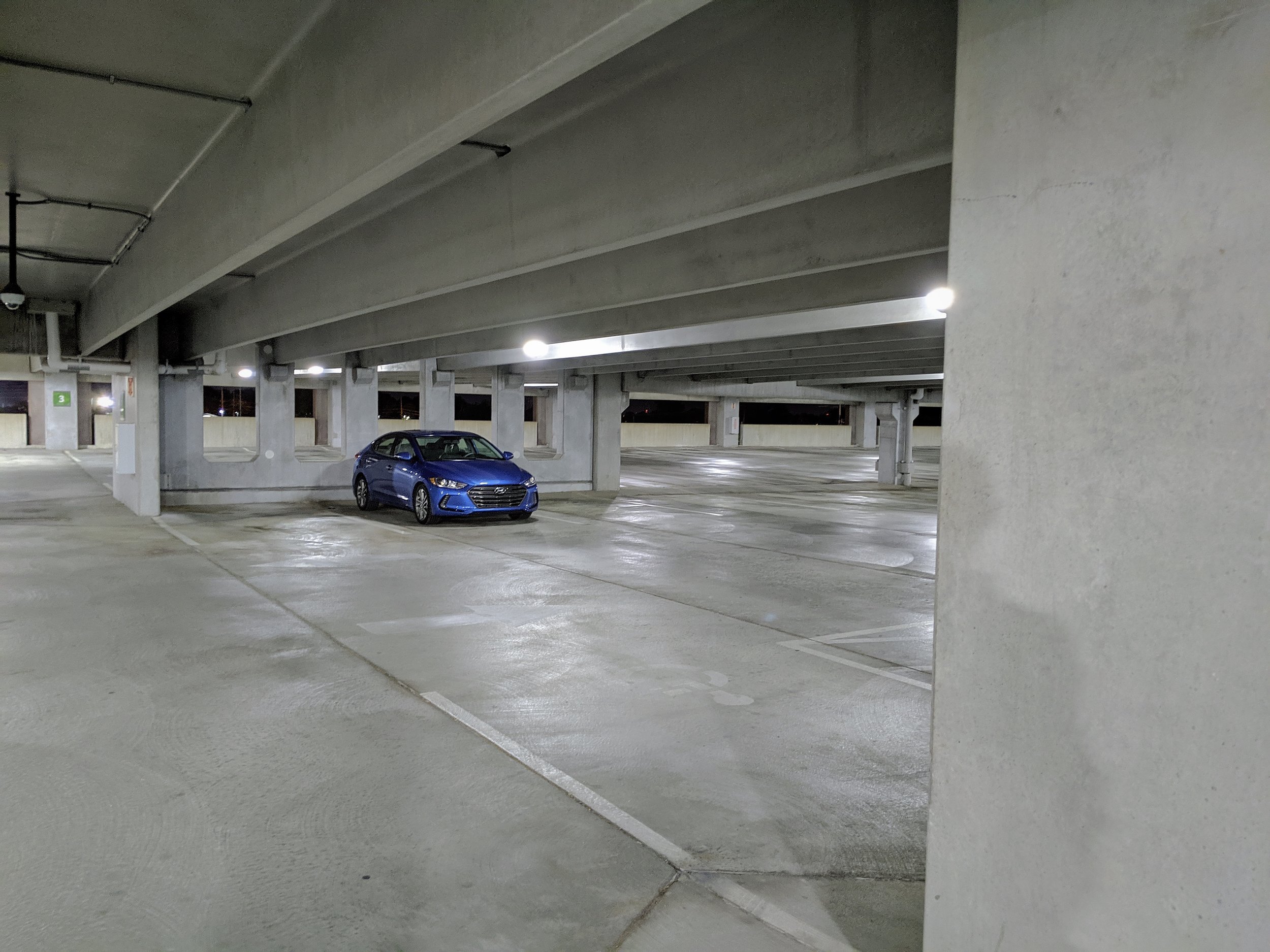

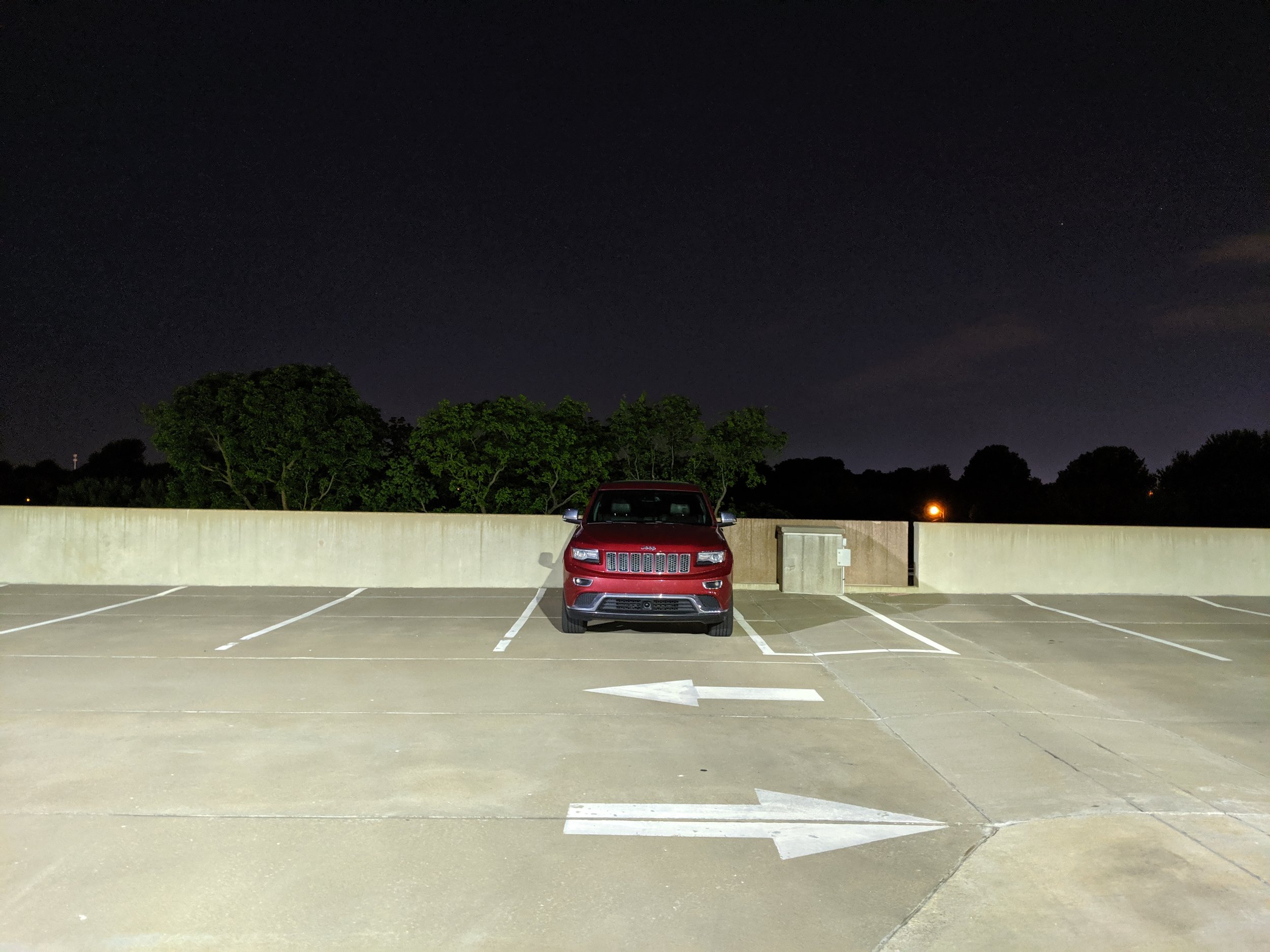
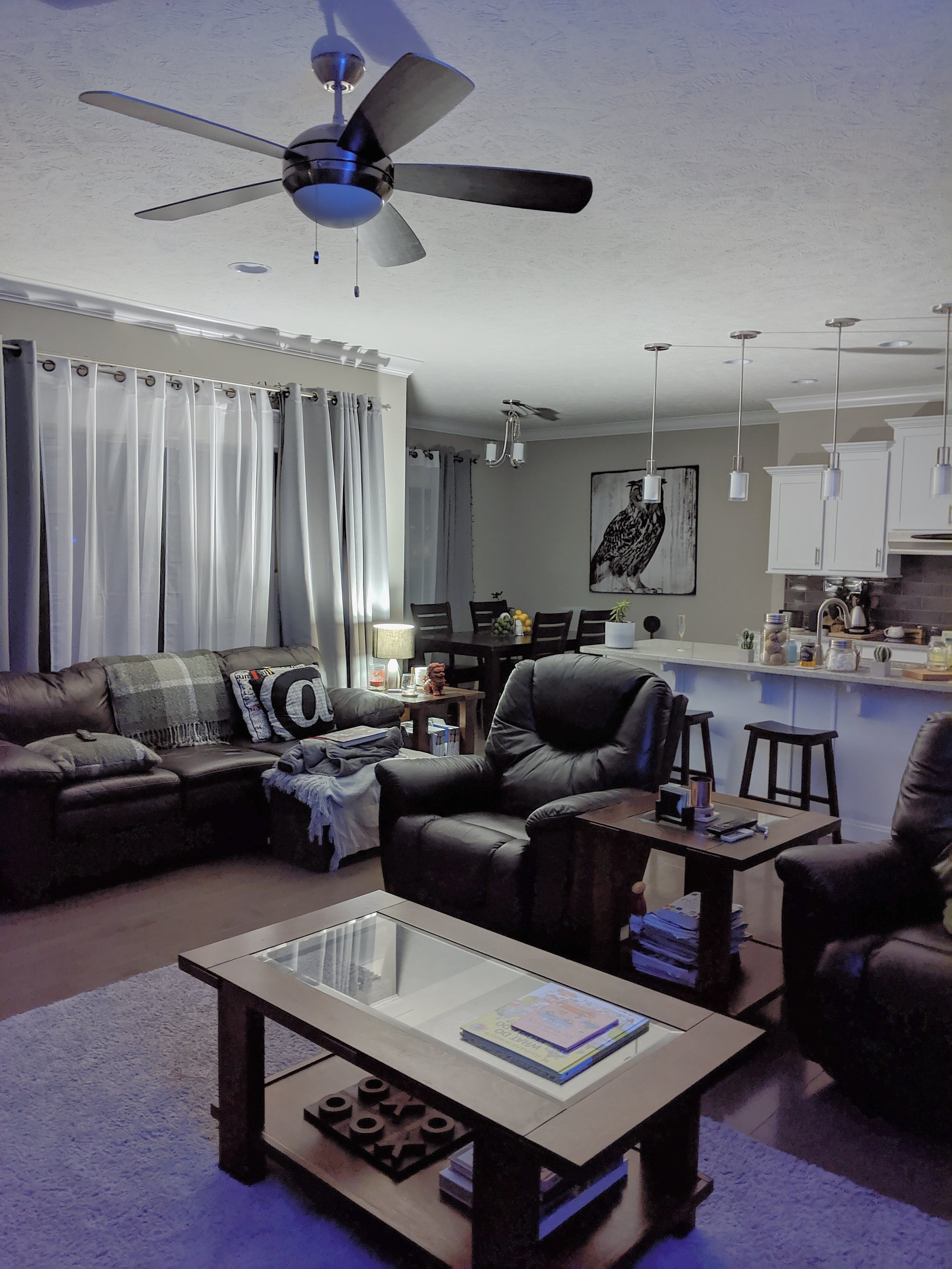
Conclusion
In the end, this is a very impressive $400 phone that does a lot of things right. The biggest mark against it (for me) is that it runs Android, and that makes it a non-starter, at least as something that I would seriously consider carrying as my primary phone. Fortunately, the fact that it is relatively rugged, light, and has a great camera experience means it isn’t that hard to find a spot for it in my backpack.
